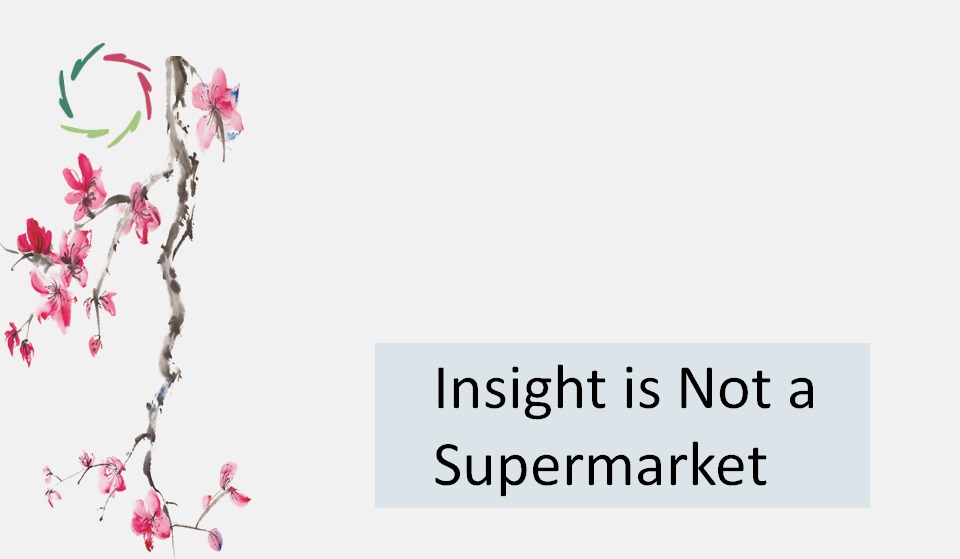Theory and Practice

Resembling the difference between conceptual and subconceptual, the latter is alive while the former is efficient.
This text contains somewhat idiosyncratic views upon theory and practice.
Theory
A theory is a conceptual description of what — why — how. The formality of the description also makes it abstractly interesting without momentary practice. Practice may come later or never. Meanwhile, theories may be enhanced or combined — making purely theoretical progress.
Theories may be adhered to for a very long time, transgressing cultures. Thus, theories may be quite powerful even in shaping cultures without any strictly required practice.
Practice
One can practice a-theoretically or theoretically. Theoretical practice is what we see as the use of technology, one way or another. Technology, in this sense, can be physical or mental. For instance, AURELIS makes use of much mental technology.
Entirely a-theoretical practice is chaos, therefore no practice in a strict sense. Real practice is always the practice of something — from very little to intricately complex. If no theory comes from books or courses, it can come from life itself and hypotheses made on the basis of real-life experiences ― consciously or non-consciously.
So, there can be theory without practice, but there cannot be practice without theory.
The clear difference
In a physically experienced world, theory is abstract. Although it is about the real (physical) world, it does not form part of it. As is well known, the ensuing duality between theory and practice has been the cause of millennia of philosophizing.
We know now that pure concepts don’t exist in the human mind/brain. Thus, the same is true for purely conceptual theories, although we can simulate their existence in the mental environment.
Within any simulation of this kind, there is a clear difference between theory and practice ― theory being abstract, practice being concrete.
The continuum
In a non-physically experienced world, practice (not chaos) intricately starts from theory. It is ‘active theory.’ A theory can be more or less active.
One can imagine a non-physical world in which practice is not different from theory. In that setting, it’s just another viewpoint upon the same. Whether one can talk about practice by itself then depends on the perspective.
The practical consequence of all this
We appear to live in a purely physical world, but actually, it depends on the viewpoint. Therefore, the difference between theory and practice is less straightforward than generally thought. For instance, we can act as if practice is just activated theory ― being one kind of theory. On the other side, we can see theory as what is ready to flow into action if we just let it do so.
This brings more flexibility in the appreciation of theory and practice, seeing one also in the other. Thus, you can put a practical mind on theory, turning the learning of theory into just practice on a more abstract level. For a human, this may be less straightforward than for an artificial intelligence. Even so, it may help humanity understand future A.I. The latter will probably not work with a clear distinction between theory and practice.
Alive versus efficient
This then becomes the distinction we can live by to the core. Typically, since we are living beings focused on thriving, we want (some of) both.
Will this also be the case for future A.I.?
I guess so.


